Retro Replay Review
Gameplay
Tenshitachi no Gogo unfolds as a text-driven adventure where your primary tools are conversation and choice. You navigate a Japanese high school environment by typing simple commands or picking from a menu of preset actions. The interface may feel rudimentary by modern standards—there’s no elaborate HUD or real-time action—yet it places full emphasis on social interaction and narrative pacing.
(HEY YOU!! We hope you enjoy! We try not to run ads. So basically, this is a very expensive hobby running this site. Please consider joining us for updates, forums, and more. Network w/ us to make some cash or friends while retro gaming, and you can win some free retro games for posting. Okay, carry on 👍)
Your main objective is to win over Yumiko Shiraishi, the charismatic tennis club star. To do this, you must first befriend and charm her circle of friends through careful dialogue choices. Each conversation branch opens up new opportunities to learn about Yumiko’s preferences, her daily routine, or the dynamics within her social group. This conversational web drives the entire gameplay loop.
Although the game lacks puzzles or combat mechanics, it delivers a surprisingly strategic layer. Timing your visits to different locations and selecting the right dialogue prompts at moments when characters are most receptive can dramatically alter the course of your relationship with Yumiko. For players who appreciate character-driven branching narratives, this minimalist approach remains engaging even decades after the game’s original release.
Graphics
Visually, Tenshitachi no Gogo is a snapshot of late-1980s Japanese computer graphics. Character portraits are drawn in a then-innovative anime style, featuring bold outlines and expressive eyes. While the sprites are fairly low-resolution by today’s eyes, they carry a nostalgic charm and a surprising amount of personality, given the hardware limitations of the era.
Background scenes—classrooms, hallways, tennis courts—are rendered in simple pixel art with a limited color palette. Animation is minimal, often restricted to character blinking or slight movements, but these small touches lend life to the static images. The cherry blossom-lined courtyard and clubroom interiors evoke a distinct high-school atmosphere that remains evocative.
For a modern audience, the graphics serve more as a historical artifact than a direct point of comparison with today’s visual novels. The retro aesthetic is part of the game’s appeal, offering a window into the early days of anime-influenced computer games. Fans of pixel art and vintage anime will find these visuals to be an endearing slice of gaming history.
Story
At its heart, Tenshitachi no Gogo tells a simple romance tale set against the backdrop of daily school life. There’s no sprawling epic or fantasy subplot—just the earnest quest to befriend and ultimately seduce Yumiko Shiraishi. This tight narrative focus allows the game to delve into interpersonal nuances, exposing shy confidences, playful banter, and the occasional heartfelt confession.
As you interact with Yumiko’s friends, you gradually uncover details about her personality: what makes her laugh, her private worries, and the subtle pressures she faces as the tennis club’s rising star. These character moments add weight to the eventual encounters with Yumiko herself, making success feel earned rather than arbitrary.
While the story doesn’t boast multiple complex arcs or grand twists, it thrives on small emotional beats. The pacing can feel deliberate—days pass in-game as you choose where to go and whom to speak with—but each new insight into Yumiko’s world brings its own reward. For players drawn to character-centric narratives and romance simulations, this gentle storyline remains surprisingly engaging.
Overall Experience
Tenshitachi no Gogo stands as a landmark title in the early adult-oriented anime game genre. Its strength lies in pioneering text-based social interaction and simple yet effective character art. Though it may not match the production values of modern visual novels, it delivers a pure, unfiltered glimpse into the mechanics that would shape countless dating sims and eroge that followed.
Players today should approach it with tempered expectations: there are no elaborate puzzles, no real-time action, and the dialogue system can feel clunky by contemporary UI standards. Yet for those interested in gaming history or the evolution of interactive romance narratives, this game offers a unique and educational experience.
Ultimately, if you’re curious about the origins of anime-style dating sims, or you simply enjoy low-key, text-driven romance adventures, Tenshitachi no Gogo remains worth exploring. Its minimalist design and nostalgic visuals combine to form a distinctive snapshot of Japanese game design at the dawn of the eroge era.
 Retro Replay Retro Replay gaming reviews, news, emulation, geek stuff and more!
Retro Replay Retro Replay gaming reviews, news, emulation, geek stuff and more!
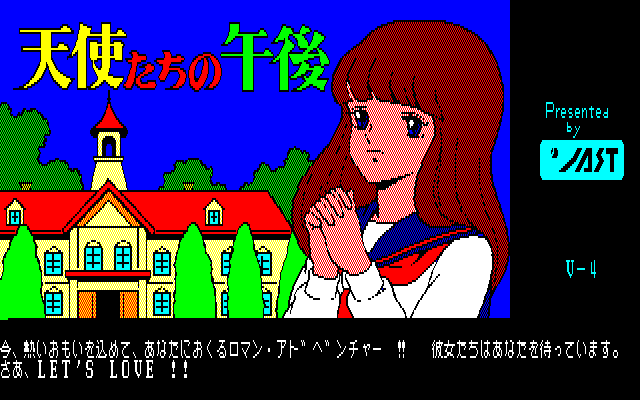
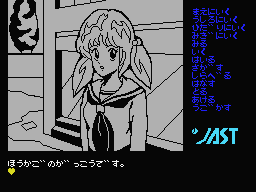
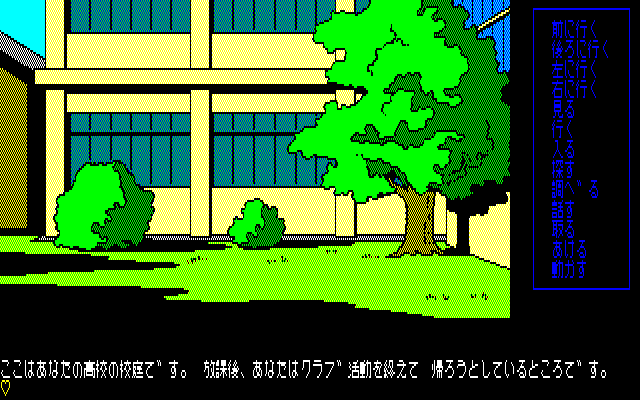
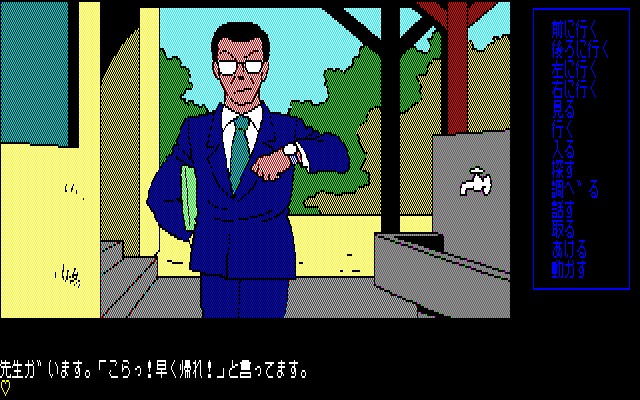
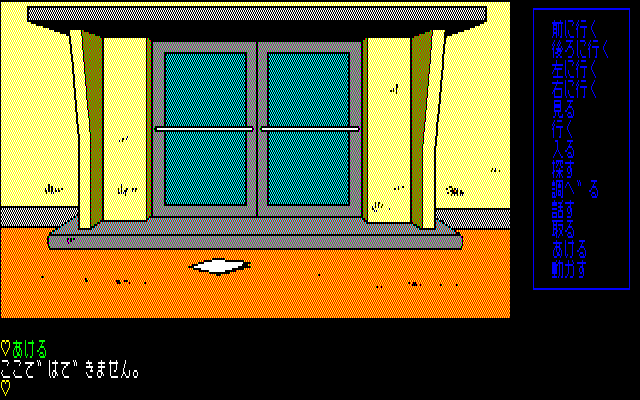

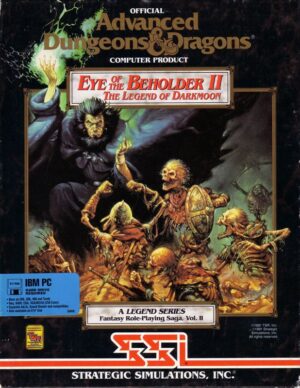

Reviews
There are no reviews yet.